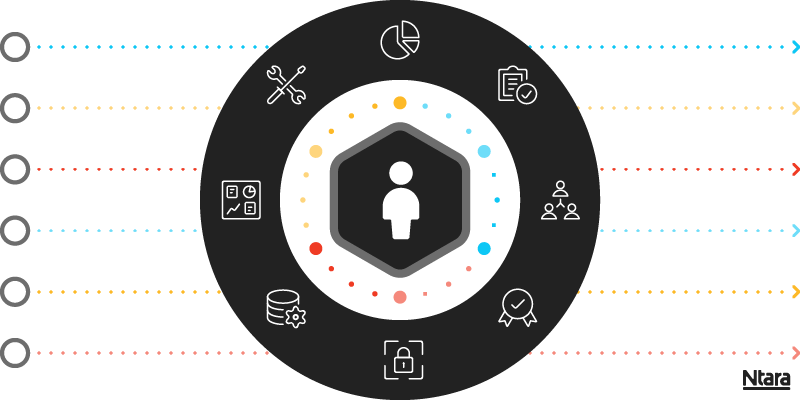PXM isn’t just about better product content. It’s about better control. For CIOs in manufacturing, it’s a strategic lever to reduce risk, improve data governance, and support compliance at scale.

Simplify compliance & strengthen infrastructure
Compliance is a business imperative. And the compliance landscape is a minefield, from product safety regulations to environmental standards to export controls.
That minefield becomes a lot harder to navigate when your product data is scattered across ERP, PLM, spreadsheets, and internal knowledge.
Enter: PXM (product experience management). It’s often thought of as a marketing or ecommerce concept. However, PXM is quietly becoming a compliance powerhouse, and IT is the linchpin.
The compliance problem no one talks about
Compliance issues often stem from:
- Inconsistent product specs across channels
- Lack of audit trails for who changed what, when, and why
- Missing or outdated safety warnings
- Region-specific labeling requirements that get lost in translation
These aren’t just annoyances. They’re risks, which can lead to fines, recalls, or worse, reputational damage. And who gets pulled in to fix it when things go sideways? IT.
PXM is a compliance game-changer
A strong PXM strategy should include PIM and DAM software. These bring structure, traceability, and automation to your product content, which is a big win for compliance and IT.
Here’s how that works:

1. Single source of truth
PXM centralizes product data and digital assets inside of PIM and DAM. This ensures that every channel pulls from the same, up-to-date, and approved content. No more rogue PDFs or outdated spec sheets floating around.

2. Built-in governance
With PXM, you can define workflows that require legal or regulatory review before content goes live. You can also enforce metadata standards, version control, and user permissions. This way, only the right people have access to make the right changes.

3. Audit-ready records
Need to determine when a product description was updated or who approved a safety disclaimer? PXM systems track every change, making audits faster and less painful.

4. Global compliance made easier
Whether it’s CE markings in Europe, Prop 65 in California, or bilingual labeling in Canada, PXM helps you manage region-specific requirements at scale. You can tag content by market, automate translations, and ensure the right content goes to the right place.

5. Reduced human error
By automating syndication and reducing manual data entry, PXM minimizes the risk of compliance slip-ups caused by copy/paste chaos or outdated templates.
Why CIOs should care about PXM
PXM supports your broader goals around:
- Data integrity: Clean, consistent, governed product data
- System modernization: Replacing manual processes with scalable automation
- Operational efficiency: Reducing the time and resources spent chasing down compliance issues
Plus, it helps you avoid the dreaded “compliance fire drill” that pulls your team away from strategic projects and into reactive mode.
Want to make compliance less painful (and less manual)? Let’s talk.